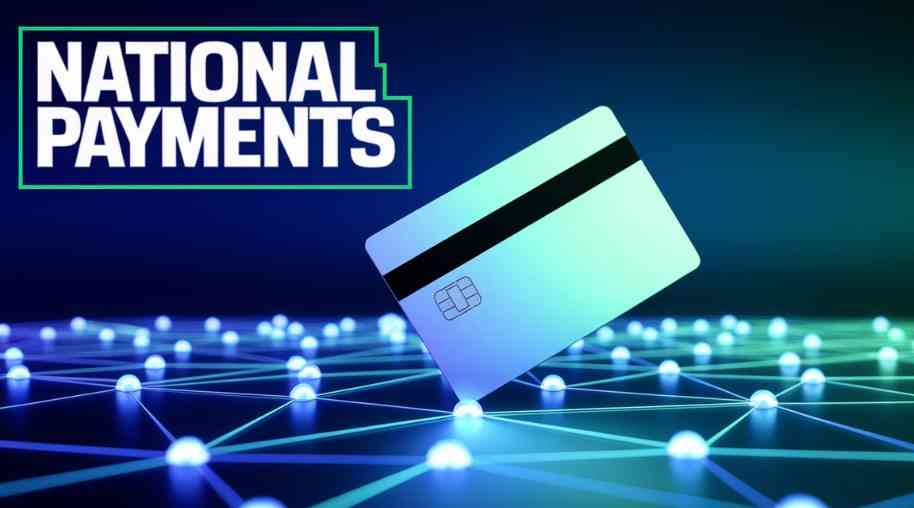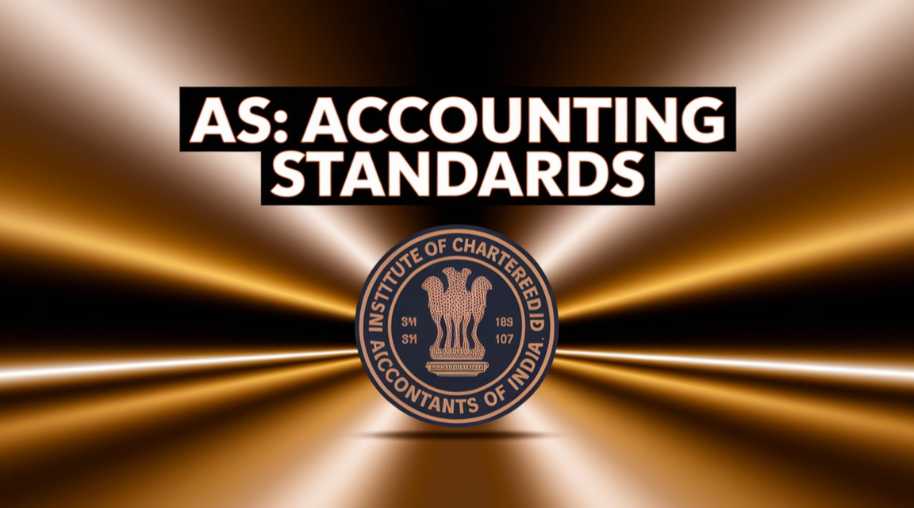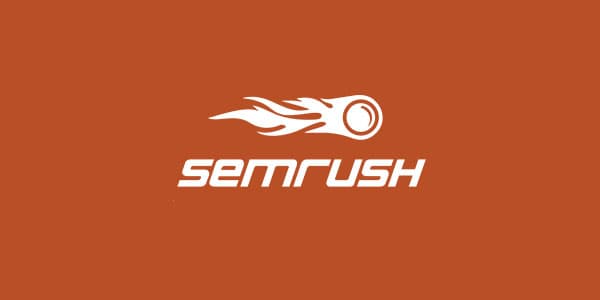ASCII Full Form - American Standard Code for Information Interchange
Last Updated by Devender
0 5336
What is the Full Form of ASCII?
The full form of ASCII is American Standard Code for Information Interchange.
It is a 7-bit character code where every bit represents a unique character. It is an alphanumeric code to represent numbers, alphabets, symbols, etc. It was developed in the USA and operated by IANA (Internet Assigned Numbers Authority). ASCII is an old encoding method name and categorized under ISO 646 series.
ASCII Full Form - American Standard Code for Information Interchange
It is a standard data-transmission code that is used by less powerful computers to represent textual data as well as non-input device commands. It converts information into digital formats allowing computers to communicate with each other and to process/store data. This code was originally developed for teletypewriters but later, it found wide applications in personal computers.
The ASCII code uses 7-digit binary numbers, various sequences of 0's and 1's. The ASCII codes represent a total of 128 different characters as there are only 128 different possible combinations of seven 0's and 1's.
ASCII History
ASCII was first used in 1963 and shortly, it gained huge popularity in the computer world. It was first used as a 7-bit teleprinter code and was promoted by the Bell data services. Robert Bemer a.k.a. Bob Bemer is known as the father of ASCII as he helped in the development of the ASCII character code set and introduced several new characters.
Originally, it is based on the English alphabet and it had a 6-bit character set when it was released but later became a 7-bit character set. It was the most common encoding method on the web until 2007 when UTF-8 surpassed it.
ASCII Features
The ASCII Format can be categorized into 3 sections which are:
1 1 to 31 - Control Codes
2 32 to 127 - Standard Characters
3 128 to 255 - Non-Standard Characters, Special Symbols and International Character Sets
Where control codes perform various display control operations. The standard and non-standard characters contain various punctuation marks, special characters, numeric digits, upper and lower case alphabetic symbols.
ASCII Future
ASCII Code is used by most computers to represent text. ASCII makes it possible to transfer data from one computer to another.
The ASCII encoding is not the finest collection set and that is why it is being replaced by Unicode character sets. Currently, operating systems based on DOS and UNIX only are using ASCII.
The text editors and word processors have the option to store data in ASCII format. However, it is not the default storage format and users have to manually select it while saving a document.
Advantage and Disadvantage of ASCII
Advantages:
- It acts as a format for text files storing and sharing
- File Documentation
- It can collect characters from various languages
- Quickly transferrable
- It takes less space
- It stores all alphanumeric characters
- ASCII code is standardized
- Only 128 Characters can be represented which are not enough for keyboards having special characters
- 7-bit is not enough to represent large values
- Does not encode many symbols
- It is considered biased for English language character set
- ASCII Code table in binary, decimal and hexadecimal form: -
Disadvantages:
ASCII Examples/Codes
The ASCII is a 7-bit code capable of representing 128 different characters. It is made up of two parts, the 3-bit group and the 4-bit code.
The ASCII characters can be classified into 4 groups which are:
1 Control Characters
These are non-printable characters that are used to send commands to the PC or printer.
2 Special Characters
These are all printable characters excluding letters and numbers.
3 Numbers
It contains 10 Arabic numerals from 0 to 9.
4 Letters
It contains a group of uppercase letters as well as a group of lowercase letters.
Control Characters
| ASCII Symbol | Binary | Decimal | Hexadecimal |
| NUL | 0000000 | 0 | 0 |
| SOH | 0000001 | 1 | 1 |
| STX | 0000010 | 2 | 2 |
| ETX | 0000011 | 3 | 3 |
| EOT | 0000100 | 4 | 4 |
| ENQ | 0000101 | 5 | 5 |
| ACK | 0000110 | 6 | 6 |
| BEL | 0000111 | 7 | 7 |
| BS | 0001000 | 8 | 8 |
| TAB (HT) | 0001001 | 9 | 9 |
| LF | 0001010 | 10 | A |
| VT | 0001011 | 11 | B |
| FF | 0001100 | 12 | C |
| CR | 0001101 | 13 | D |
| SO | 0001110 | 14 | E |
| SI | 0001111 | 15 | F |
| DLE | 0010000 | 16 | 10 |
| DC1 | 0010001 | 17 | 11 |
| DC2 | 0010010 | 18 | 12 |
| DC3 | 0010011 | 19 | 13 |
| DC4 | 0010100 | 20 | 14 |
| NAK | 0010101 | 21 | 15 |
| SYN | 0010110 | 22 | 16 |
| ETB | 0010111 | 23 | 17 |
| CAN | 0011000 | 24 | 18 |
| EM | 0011001 | 25 | 19 |
| SUB | 0011010 | 26 | 1A |
| ESC | 0011011 | 27 | 1B |
| FS | 0011100 | 28 | 1C |
| GS | 0011101 | 29 | 1D |
| RS | 0011110 | 30 | 1E |
| US | 0011111 | 31 | 1F |
Special Characters:
| SP | 0100000 | 32 | 20 |
| ! | 0100001 | 33 | 21 |
| " | 0100010 | 34 | 22 |
| # | 0100011 | 35 | 23 |
| $ | 0100100 | 36 | 24 |
| % | 0100101 | 37 | 25 |
| & | 0100110 | 38 | 26 |
| ' | 0100111 | 39 | 27 |
| ( | 0101000 | 40 | 28 |
| ) | 0101001 | 41 | 29 |
| * | 0101010 | 42 | 2A |
| + | 0101011 | 43 | 2B |
| , | 0101100 | 44 | 2C |
| - | 0101101 | 45 | 2D |
| . | 0101110 | 46 | 2E |
| / | 0101111 | 47 | 2F |
| : | 0111010 | 58 | 3A |
| ; | 0111011 | 59 | 3B |
| < | 0111100 | 60 | 3C |
| [ | 1011011 | 91 | 5B |
| ] | 1011101 | 93 | 5D |
| _ | 1011111 | 95 | 5F |
Numbers:
| 0 | 0110000 | 48 | 30 |
| 1 | 0110001 | 49 | 31 |
| 2 | 0110010 | 50 | 32 |
| 3 | 0110011 | 51 | 33 |
| 4 | 0110100 | 52 | 34 |
| 5 | 0110101 | 53 | 35 |
| 6 | 0110110 | 54 | 36 |
| 7 | 0110111 | 55 | 37 |
| 8 | 0111000 | 56 | 38 |
| 9 | 0111001 | 57 | 39 |
Letters:
| A | 1000001 | 65 | 41 |
| B | 1000010 | 66 | 42 |
| C | 1000011 | 67 | 43 |
| D | 1000100 | 68 | 44 |
| E | 1000101 | 69 | 45 |
| F | 1000110 | 70 | 46 |
| G | 1000111 | 71 | 47 |
| H | 1001000 | 72 | 48 |
and so on...
| i | 1101001 | 105 | 69 |
| j | 1101010 | 106 | 6A |
| k | 1101011 | 107 | 6B |
| l | 1101100 | 108 | 6C |
| m | 1101101 | 109 | 6D |
| n | 1101110 | 110 | 6E |
| o | 1101111 | 111 | 6F |
| p | 1110000 | 112 | 70 |
and so on...

Share:








Comments
Waiting for your comments